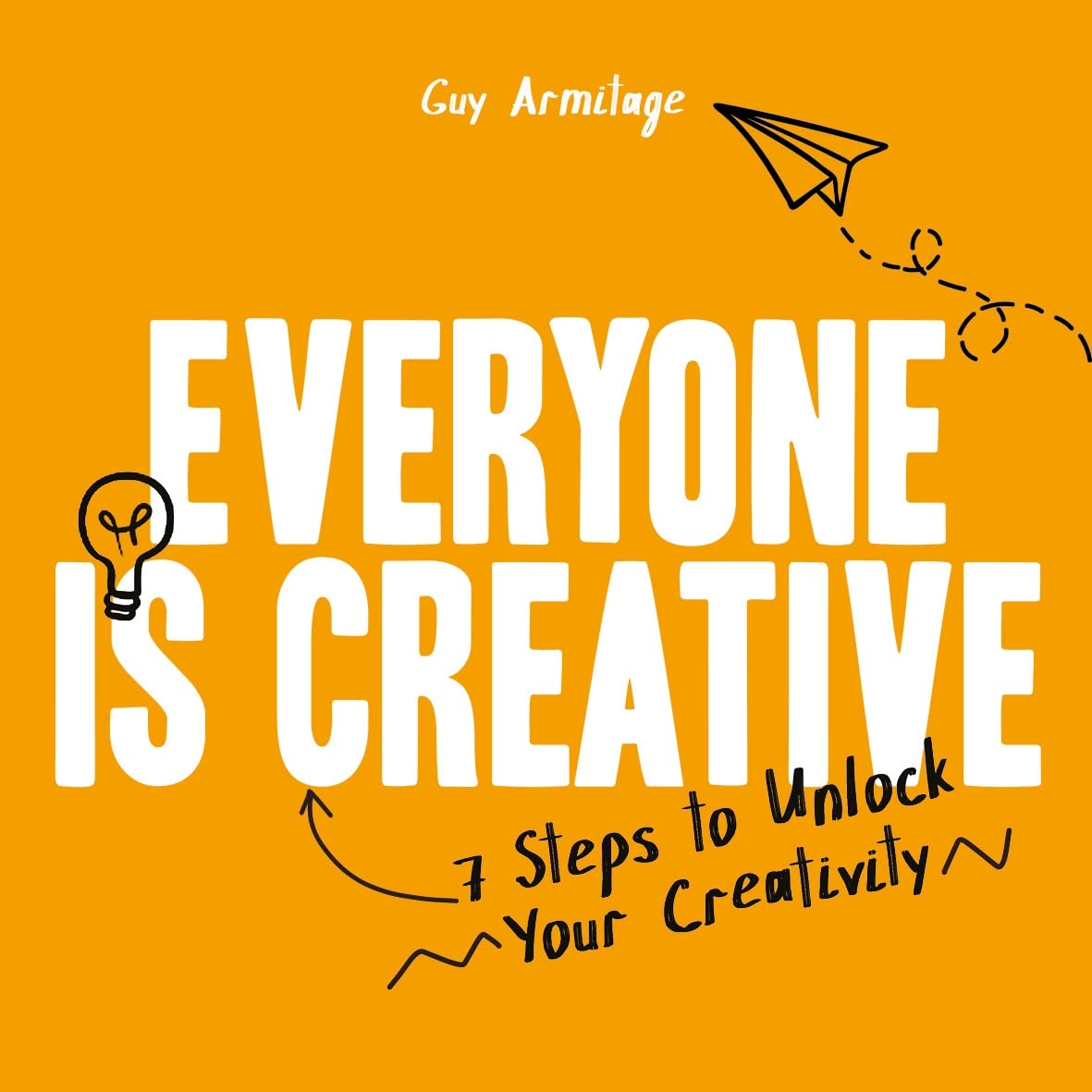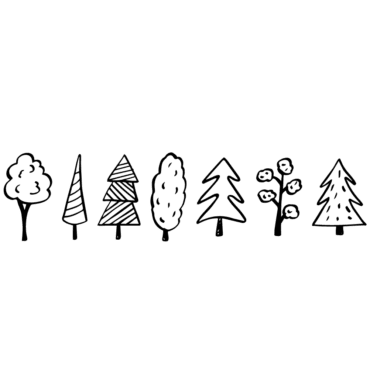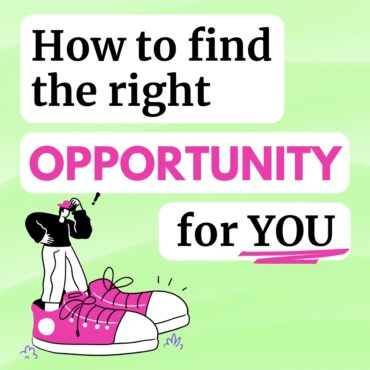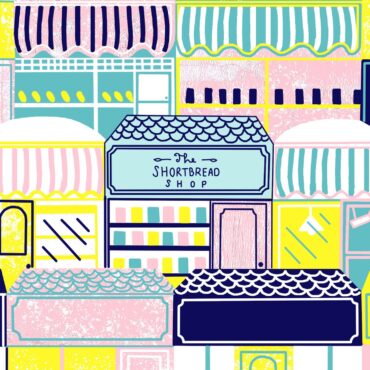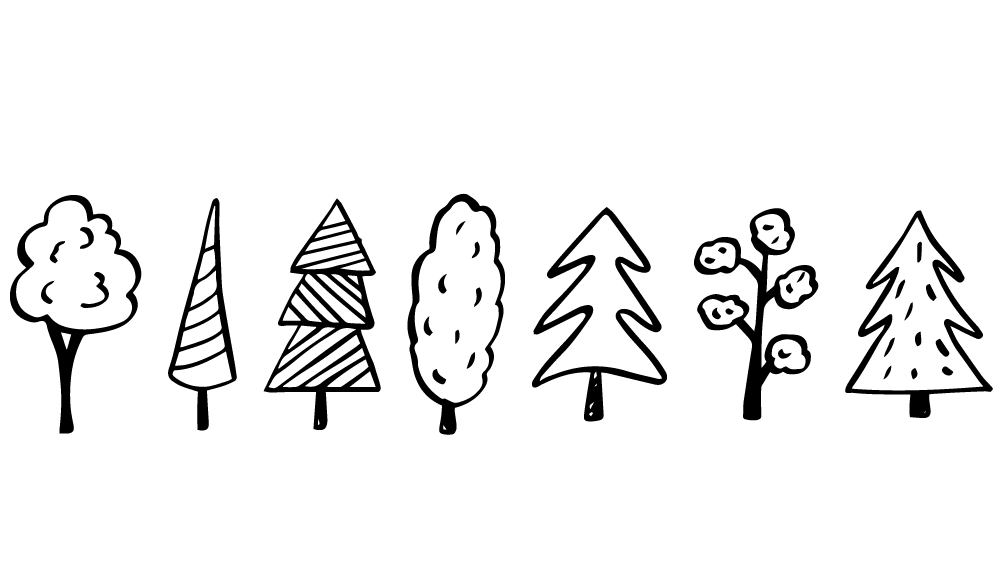
What is creativity to you?
Creativity is often linked heavily to arts and is given this magical quality in how we are taught it.
We perceive ideas come out of thin air, or in the case of the Greeks, they are whispered in our ears by semi-clad young ladies (personally, I get my inspiration delivered by a topless middle-aged man with a beer gut in skinny jeans named Steve).
Creativity isn’t any of that for me.
I believe creativity is a mindset. It’s a filter through which we perceive the world around us and can be used by anyone (founders, artists, politicians, high-powered business people and you) to help us with some of the biggest challenges we face.
It allows us to:
- Imagine and build what isn’t there
- Make better decisions
- Communicate the most complex emotions in the purest way possible
- Help resolve what appear to be unsolvable problems
What inspired you to write ‘Everyone is Creative’?
Creativity is not valued in our society, and in turn not developed in our education. If anything, modern education doesn’t just ignore creativity; but sacrifices it in a bid to manufacture pupils who think in the way appropriate to their syllabus.
This book came into being to remind everyone that they are creative and empower them to reclaim their creativity by sharing what I have learned to date.
Creativity has the power to change the world for the better. If I can make a handful of people more creative, then we can all live in a better place.
This book came into being to remind everyone that they are creative and empower them to reclaim their creativity
The book offers so many pieces of advice and actions to take. What was the process of bringing it all together?
In some way, this process started before the book was even thought of.
I have worked across multiple fields in multiple countries, and perhaps more importantly, I am curious! This has led me to collect the most eclectic tidbits of knowledge spanning technology, finance, film-making, and running businesses. In the last 12 years, this knowledge has been refined by serving the community of creators on Zealous.
Making the time to sit down and write allowed it to pour out of me onto the page. The hardest part was to organise these diverse experiences into something that flowed and was tangible for everyone. Too many books have incredible grand theories but fail to provide you with the tools to start executing them.
You talk about picking a particular playlist for a particular project. What did you listen to when writing this book?
I wanted to write something joyful, energetic and fun.
Based on that, I curated a list of 12 songs called “Need for an Uplift”. The music was heavily inspired by a show I was watching at the time called “The Umbrella Academy”, which captured the emotions I wanted to tap into while writing.
Since I could only write for short periods once a week, I wanted to be able to listen to a song and immediately be in the same state of mind as the week before. The playlist was always played in sequence, triggering my writing state with “Rocket Fuel by DJ Shadow and De La Soul”. It worked wonders.
These songs are now so intrinsically linked to my writing “Everyone is Creative” that they derail my thinking process on any other task if I hear them today.
When you are feeling creative block, which activity are you drawn to?
When I am blocked, I walk away – if it’s a small one, that means moving to another task that needs to be done. This gives my brain time to process things in the background. But if it’s a big block, I will literally walk away. Pick the keys up and go for a walk, sometimes taking my camera with me to focus my attention on something completely different.
When I am blocked, I walk away
For example, I blocked trying to answer the first question (too many ideas sloshing in my head). So I skipped the question and went to the next. Actually, if you could see how I responded to this interview – you would see me bouncing around, jotting a few sentences here and there and moving backwards and forward to other questions as soon as I faced any friction.
This works for me. Moving to another question forces my brain to think of another challenge. Although I am jumping around, I know the other questions are still being processed at the back of my mind and will be simpler to respond to when I come back to them.
What is your dream writing environment?
A wooden hut in the Swiss mountains, snow falling outside, a log in the fire and a cup of strong hot coffee next to me. It would probably be early in the morning before anyone is awake. Stewing in complete isolation.
It is a beautiful image, but the reality is that you should not seek the dream environment to begin any creative practice. If you do, you won’t create anything. Instead, find ways of working within the environment you inhabit.
You should not seek the dream environment to begin any creative practice. If you do, you won’t create anything.
I have two young kids and manage a business full-time. I am starved for time. My priorities are to secure a future for my children and those who work with me. I can’t just disappear for 2 months to write a book. So, instead, I wrote for a couple of hours every week for two years.
These sessions usually started at around 4:30am or on weekends when my partner would support me by taking care of the kids for a few hours (this book would not have existed without her help – I cannot thank her enough).
I may not have had the snowy landscape, but I had a few hours of isolation in the morning and very strong coffee. It turns out that was enough.
You talk about children ask the best creative questions. As you have children yourself, what are the best questions they have asked you?
Why are you smaller if you are older?
My 4-year old
It may not seem like much of a question, but that simple statement would allow you to build a world where the tallest amongst us are the oldest. Imagine a 128-year-old lady towering over.
These questions happen when a child assumes there are relationships between two loosely related pieces of information when, in fact, they are completely unrelated.
Children are born with a unique perspective of the world around them. Their world is devoid of the rules and restrictions we have been conditioned with when we grow older. Inside each child’s head, there is a unique world defined solely by the limited experiences they have had. This makes it a place of magic.
There is more though. There is no bias or racism at birth – just endless curiosity. When my daughter says “Did you see the black/white girl?” she’s not referring to the colour of their skin but the colour of their dress. This innocence allows children to question without fear, often making adults around them squirm in discomfort.
This view of the world lays bare the conditioning we have had as adults and forces us to reframe our assumptions of the world we have built in our heads.
Exploring what makes us uncomfortable makes for some enriching self-discovery.
A lot of your work is based on technology. How are you able to silence the ‘digital demons’ (if you can)?
You are right, it is a challenge. I am expected to be accessible at all times, and sometimes, not being available could be existential for the business. That does not mean I am powerless to take control of my life.
It is important to remember we are always in control – every device we own can be switched off.
The first step was to switch off all app notifications on my phone. Other than phone calls and text messages, nothing on my phone demands immediate attention. There is no reason my life should be interrupted by apps whose sole purpose is to capture my attention and sell me something. I still have access to these apps, but I check on them on my terms (when I want to, not when they want me to).
In some cases, apps are so addictive I bin them (e.g. Facebook). In the worst case, I can reinstall them. But creating that additional friction means I am less likely to fall into a “Doom-scrolling” trap.
At work, when I need complete concentration (colloquially known as “Monk Mode”) I close everything (email, slack…). If I do not need access to the internet during that time, I will also go offline. The team can always call me if something urgent is happening.
It is important to remember we are always in control – every device we own can be switched off, and every app we have installed can be removed. There is something liberating in doing so.
Most of us don’t feel we can completely silence our digital demons. But we can sure as hell get rid of a few; and lower the volume on the others.
Do you have a favourite piece of creative advice you have been given?
Not so much a piece of advice but more sharing a bit of research undertaken in 1968 by an American psychologist named Donald W. MacKinnon.
Most of us feel uncomfortable when faced with a problem. We want to solve problems quickly to remove that discomfort from our lives. MacKinnon discovered that the most creative people in his study had one thing in common. Creatives played with a problem for much longer than their counterparts before they tried to resolve it. They were willing to tolerate that discomfort for longer to produce a better solution.
The ideas were more creative because those producing them were ready to think about them for longer and explore better, more original solutions.
Ideas were more creative because those producing them were ready to think about them for longer
With our World moving faster and faster, it can feel hard to spend more time on challenges, but doing so might lead to coming up with more creative outcomes.
Just like slow cooking, slow thinking leads to richer results.
What is one piece of advice you would give to your readers?
There is no perfect time to start, so why not start now?
Oh, and read “Everyone is Creative” by Guy Armitage – I’ve been told it’s good, and there’s lots more advice to explore there. (yes, it’s a shameless plug, but if you found the article above interesting – I’m sure you’ll like it).
